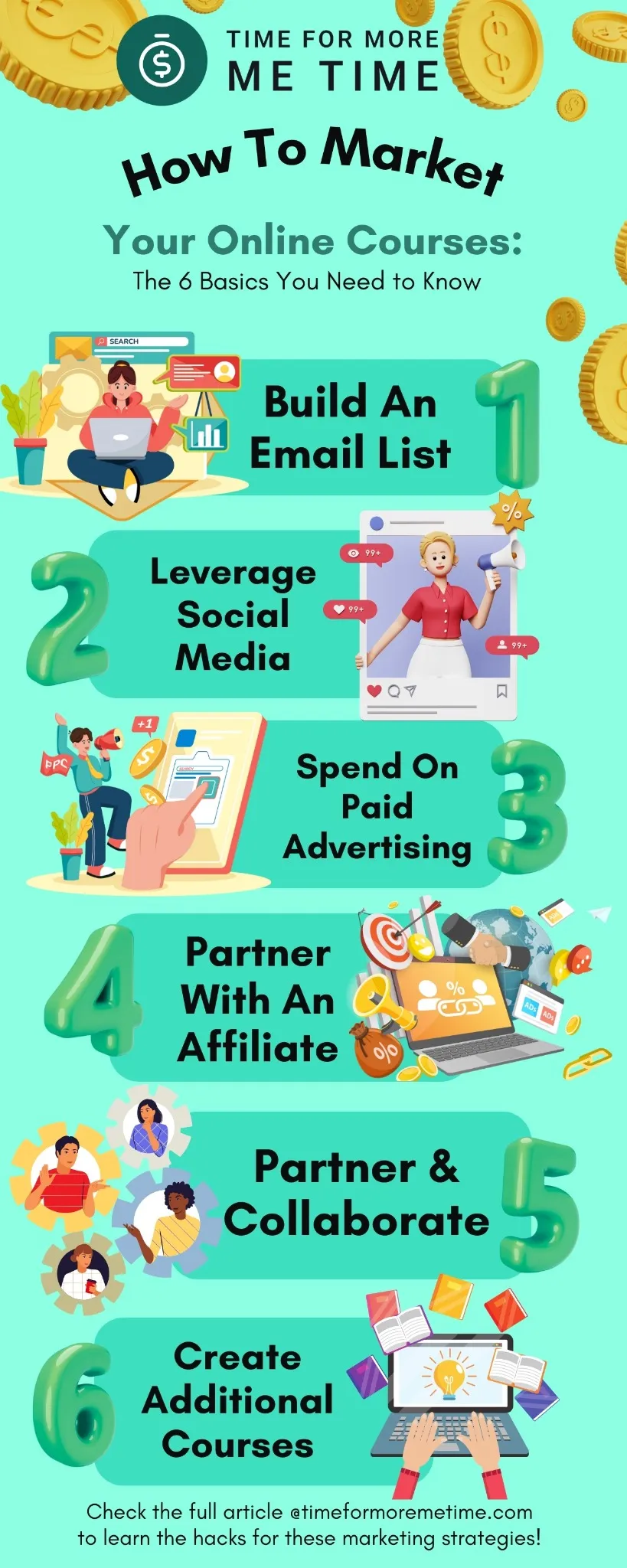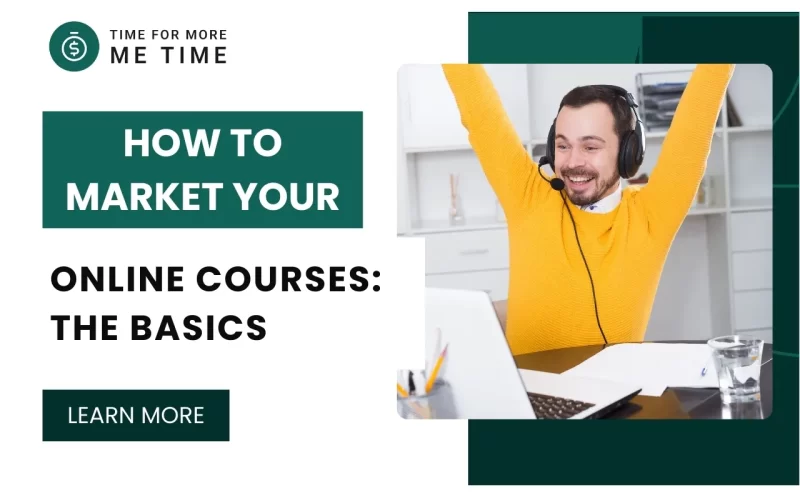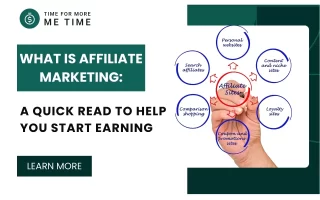
You’ve poured your heart into crafting an amazing online course. But now comes the tricky part: making sure it reaches the right audience and sells a lot. After all, what’s the point of having a fantastic course if no one even knows about it?
I get it—promoting a course can be tough. But don’t worry; I’ve learned some great tricks along the way to market mine effectively. I’ll show you how these techniques can assist you in creating and selling online courses, too.
1. Build An Email List

An email list is one of your most valuable assets when selling courses online. This list most probably has people who have trust in what you do and say. And being a subscriber of you, they already have interest, making them your most likely customers.
But how do you get people to join your list? A proven strategy is to offer a lead magnet—a free, high-value resource tailored to your audience in exchange for their email address.
This could be an eBook, a mini-course, a webinar, or even a simple checklist or cheat sheet. Post this lead magnet on your website. To access it, visitors must subscribe to your newsletter by entering their email address.
Once they’ve subscribed, focus on building a strong relationship by regularly sharing helpful, relevant content. Offer tips related to your course topic, give behind-the-scenes insights, and provide exclusive discounts or bonuses to keep them engaged.
When you’re ready to launch your course, your email list should be the first to know.
Send a series of pre-launch emails to build excitement and anticipation. Each email should include a clear and compelling call-to-action, encouraging subscribers to enroll in your course.
2. Leverage Social Media
Social media makes it easy to reach new people and engage with future students. However, with so many platforms available, deciding where to start can feel overwhelming.
The key? Focus on the platforms where your target audience is most active.
For instance, if you’re targeting business professionals, LinkedIn is likely a better fit than Instagram. On the other hand, if your audience includes creative entrepreneurs, Pinterest could be a goldmine.
Once you’ve chosen the right platforms, start sharing engaging content. Post tips and insights related to your course topic, and include behind-the-scenes photos or videos to give your audience a glimpse into your process.
Be sure to reply to comments and messages to build trust and foster connections.
Social media also offers powerful advertising options. Platforms like Facebook and Instagram let you create targeted ads based on factors like age, interests, and behavior, helping you reach potential students more effectively.
3. Spend On Paid Advertising
Speaking of ads, let’s talk about paid advertising. While organic strategies like email marketing and social media are effective, paid advertising can significantly boost your course sales by reaching a larger and more targeted audience.
Google Ads is one of the most popular platforms for paid advertising.
It allows you to create ads that appear at the top of search results when users search for keywords related to your course topic, ensuring your course is seen by people actively looking for solutions.
You can also leverage Facebook and Instagram Ads to create highly targeted campaigns.
These platforms and services enable you to reach specific demographics, interests, and behaviors, ensuring your ads resonate with the right audience.
4. Partner With An Affiliate

Affiliate marketing allows you to partner with others who promote your course in exchange for a commission. When someone uses their unique affiliate link to make a purchase, your affiliate earns a reward.
This approach benefits everyone: you gain exposure to new audiences through your affiliate’s network while they earn additional income by endorsing something they believe in.
To create an affiliate program for your course, start by selecting an affiliate platform like ClickBank or ShareASale. Next, reach out to potential affiliates whose audience aligns with your course topic.
These could include bloggers, influencers, or industry professionals.
Support your affiliates by providing them with effective marketing tools. This might include email templates, eye-catching social media graphics, and professional-looking banner ads.
Offering an attractive commission rate will further incentivize affiliates to actively promote your course.
5. Partner And Collaborate
Aside from affiliate marketers and platforms, you should also team up with educators, social media influencers, or businesses that align with your niche. It is a powerful way to expand your online course reach.
These collaborations create mutual benefits and help you connect with a broader audience.
Working with influencers allows you to tap into their established followings while offering valuable content to their audience.
This partnership not only introduces your course to new potential students but also enhances the value you provide to your existing audience. Done right, it’s a win-win for everyone involved.
6. Create Additional Courses

Expanding your offerings is a smart way to grow your online course business. After achieving success with one course, consider developing more courses that align with your niche and address related topics.
Start by conducting market research to identify new topics and pain points your audience is eager to explore.
You can also repurpose and expand on existing content to create fresh courses, providing additional value to your current students and giving you opportunities to upsell.
Offering multiple courses not only increases your income but also enhances the learning experience for your students. It positions you as an authority in your field and helps establish a stronger presence in the digital course market.
Conclusion
Marketing and promoting an online course requires creativity, persistence, and a willingness to adapt.
By following these steps I have mentioned, your foot is already on the door. These are the basics of modern marketing, and it would do you well to learn more about them.
Anyway, remember that the key here is to stay consistent.
Don’t forget to listen to your audience’s needs as well, and refine your approach as you go. With the right strategies in place, your course has the potential to not only reach the right audience but to leave a lasting impact on their lives.
If you’re looking for more ways to increase your income, be sure to check out our articles. Or follow us on YouTube and our social media pages for more insights, updates, and resources to help you achieve financial freedom.






